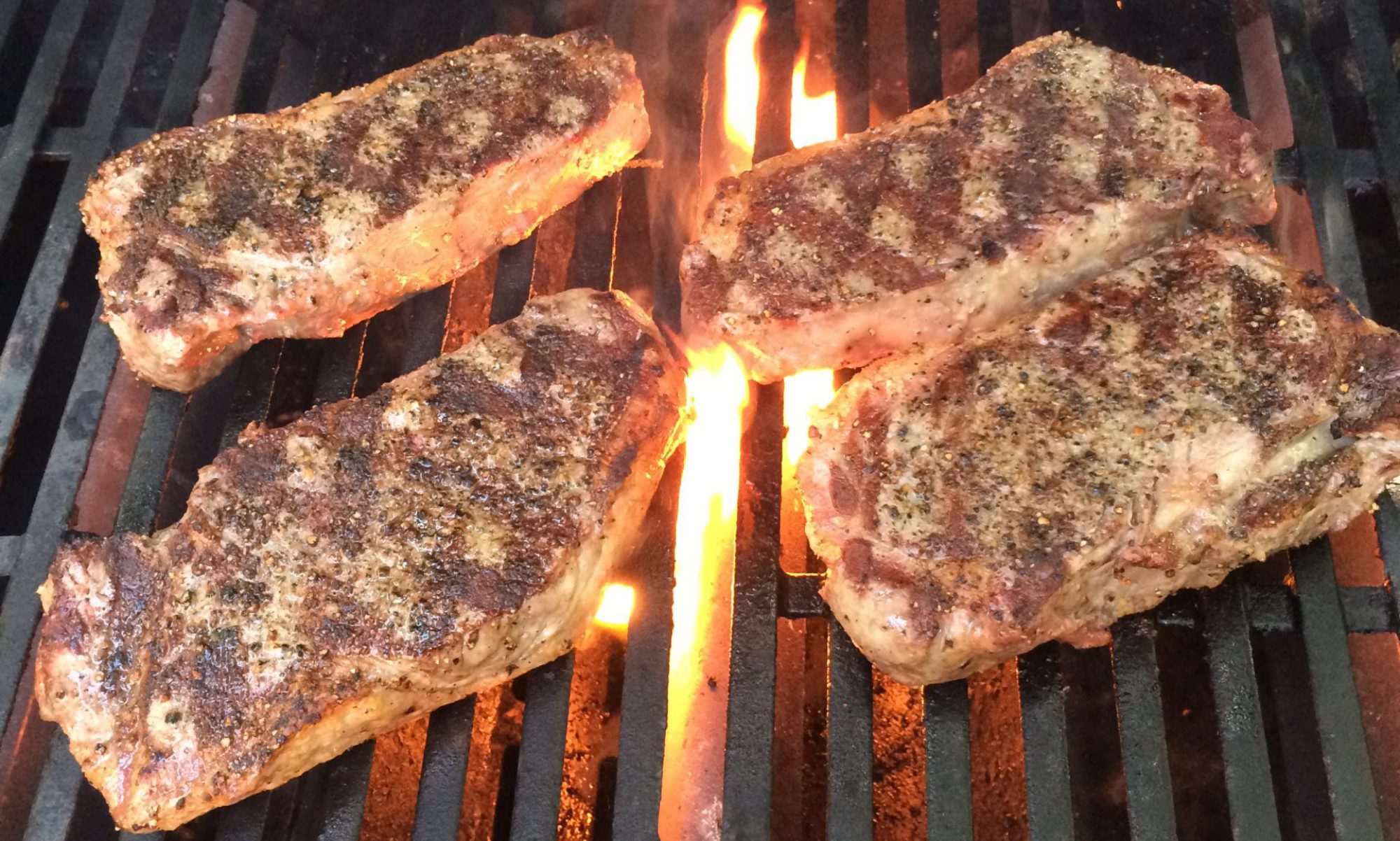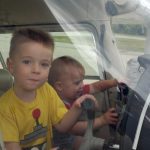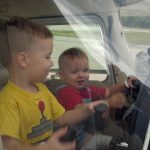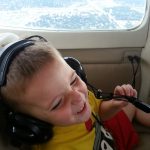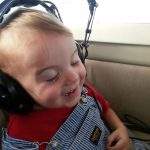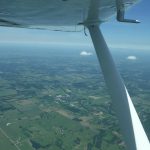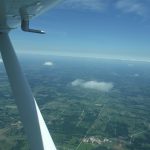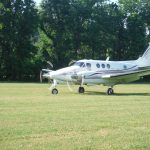Since I am not likely to be able to renew my FAA third class medical, I’m now limited to flying with Sport Pilot privileges – at least for the time being. This situation could possibly change at some future date, but when or indeed if that ever happens is anyone’s guess. For my part, I’m not really willing to simply give up and hope for the best.
Unfortunately, the options for flying with Sport Pilot privileges around here are nil. There are no Light Sport Aircraft (LSA) available for rent anywhere. My flying club doesn’t have one, and won’t be adding one (I tried, it was shot down – so to speak). I have not found anyone looking for a partner in one, and my efforts to find a few partners to buy an RV-12 have so far fallen short. And while an RV-12 wouldn’t cost (much) more than I was planning on eventually spending on the RV-7, it would be a much larger expense up front — and the same cost for a far less capable airplane.
So, I’ve been exploring other options. here are some that I’ve looked at:
Ultralights. No thanks. Zero utility, and I would probably have conditions favorable enough to fly for 2-3 months out of the year. Next!
Single-seat LSAs (Fly Baby, various other experimentals). Sorry, needs to have two seats. And while I’d love to fly a replica WWI biplane, it’s really got to have an enclosed cockpit.
Remos, CTLS, various other S-LSA planes: Nice rides, but priced well above what I’m willing to spend. Good deals start around $85K and go up from there. It took about ten minutes to eliminate an entire class of airplane from consideration.
Ercoupe 415-C. While I originally didn’t pay a lot of attention to the Ercoupe due to the relatively narrow cabin and the sorry state of a lot of the examples for sale, I started looking more closely at them recently. They’re not terribly expensive, and range from “really nice” to “kinda cool” to “cute” – and downhill rapidly from there. Unfortunately, they are pretty porky and don’t have anywhere near enough useful load left. They do have starters and electrical systems, but would realistically be good only for solo flying.
Cubs. If you’re not a Cub aficionado, these will seem a little overpriced due to the Cub name. Slow. I mean, all LSAs will be slow, but the Cub brings it to a whole new level. Solo flight from the rear seat. Most have no electrical system and no starter. Of course there are dozens of different Cub models and modifications, but the variants that would make good candidates for us are very rare and/or quite expensive.
Taylorcraft: Poor visibility, narrow cockpit and some gymnastics required to get in and out. Priced fairly reasonably. Have not looked into STCs for things like electrical system, etc.
Luscombe: All metal, which is good. Narrow side-by-side cockpit (like the Chief and T-craft), and a reputation for being substantially more challenging to land and taxi.
Aeroncas: Prewar models are simply too slow. The postwar Chief is attractively priced, but the side by side cabin is again quite narrow. Most have no electrical system/radio/xponder/starter. Lots of STCs to fix most shortcomings, but none to make it 4″ wider. The LSA market has driven the prices on Champs up some, but there are still reasonable deals to be had. Tons of STCs to do pretty much anything to them, if you’ve got the time and a friendly A&P/IA.
Bearhawk LSA: This one looked very promising. The quick-build kit available relieves me of the welding, which is good. Unfortunately the list of things NOT included in the kit mean the total cost would most likely be more than I’m willing to spend on a day-VFR, 100-knot cruiser. If I were willing to build from plans and do all my own welding, I’d be all over this… but I’m not.
Sigh. There really seems to be no good option. I’m continuing to keep an eye out for a “project” Aeronca that I could (re)build to spec. If I happen to find one outfitted the way I want (C-85-12, starter, alternator, battery) for a decent price I’m all over it, but so far have not seen much.
